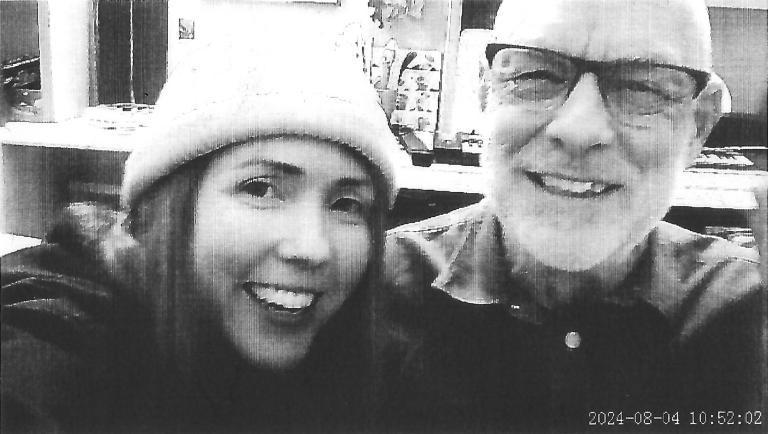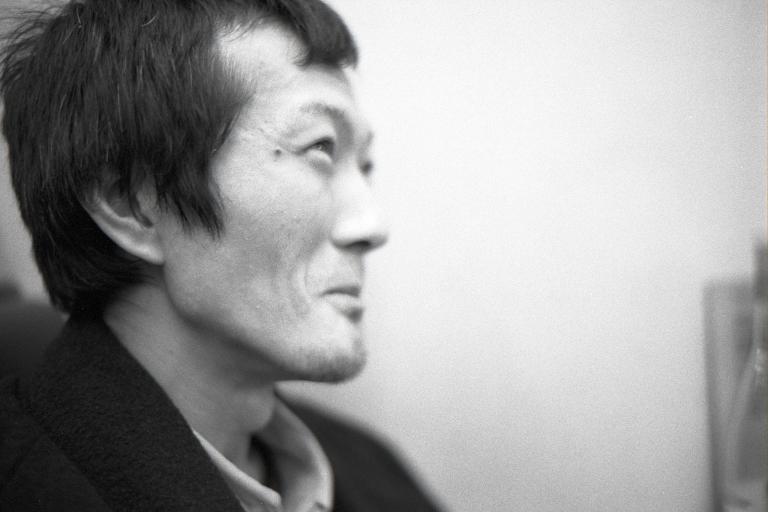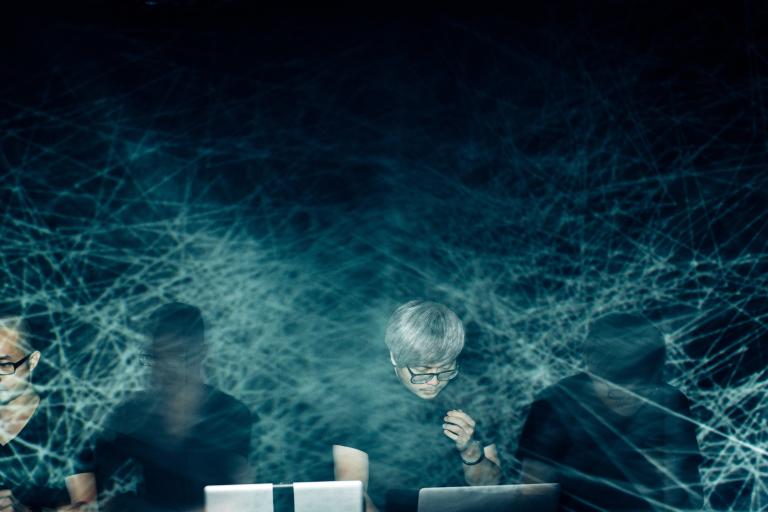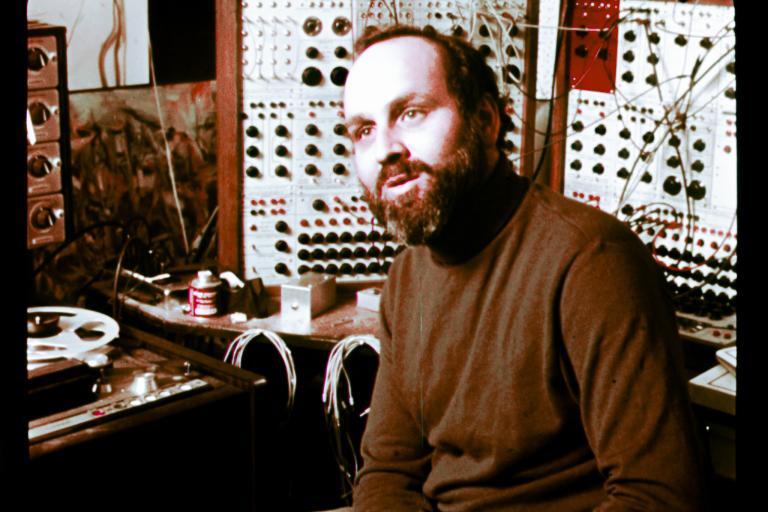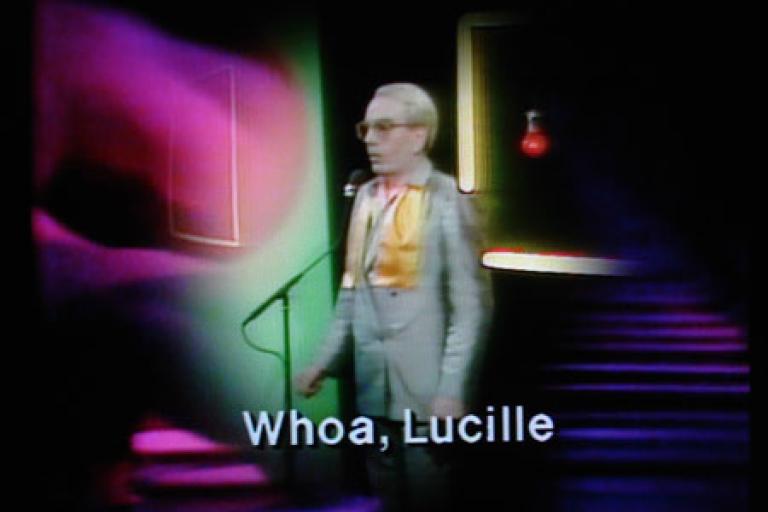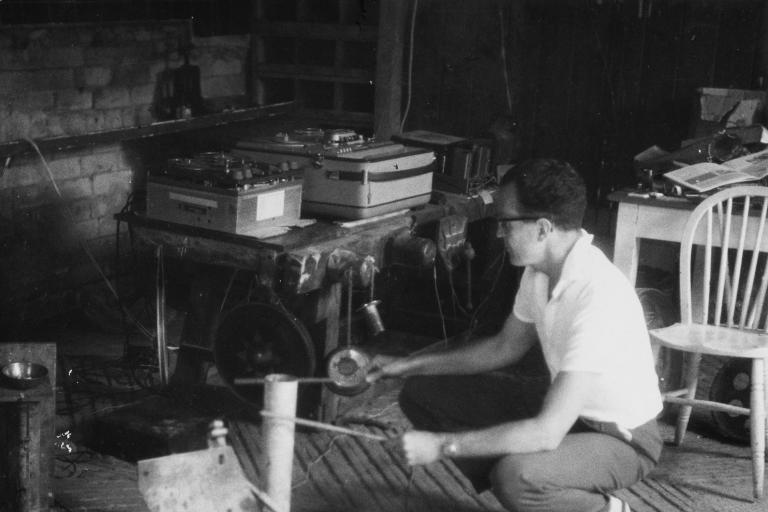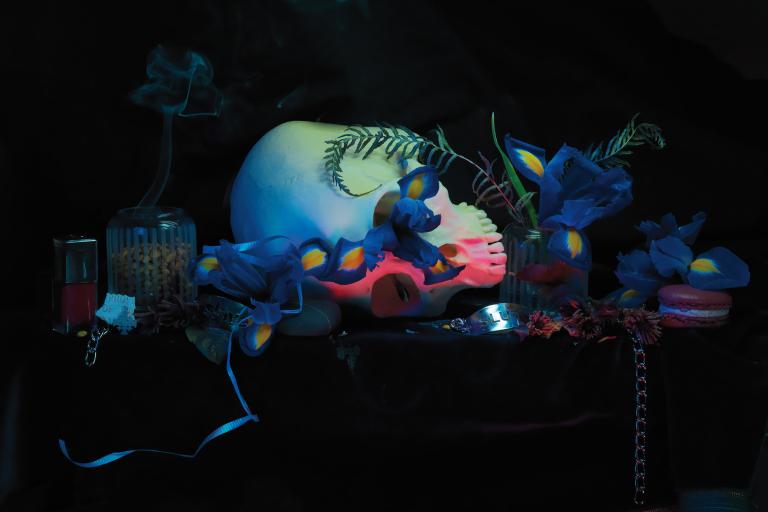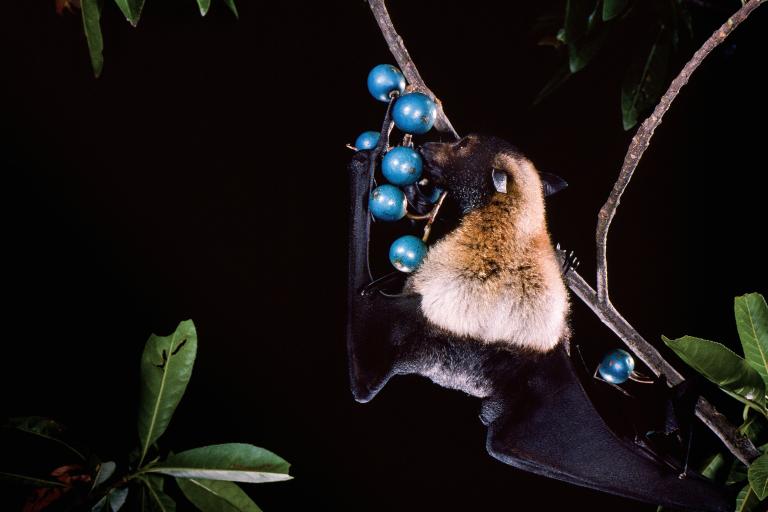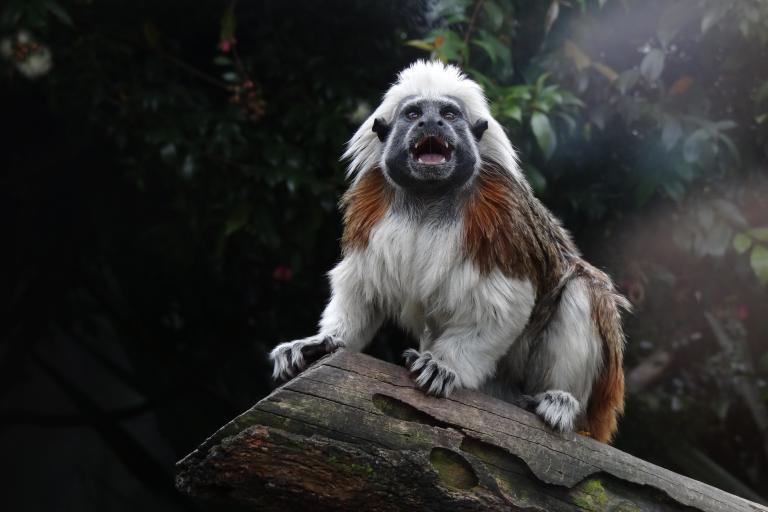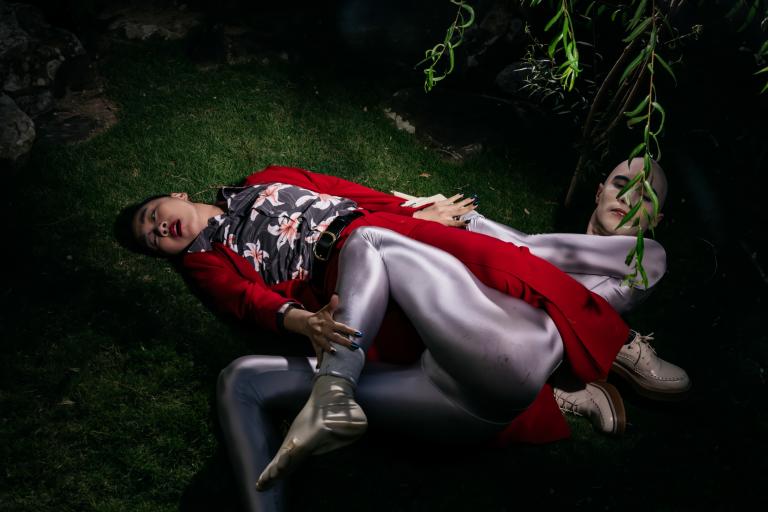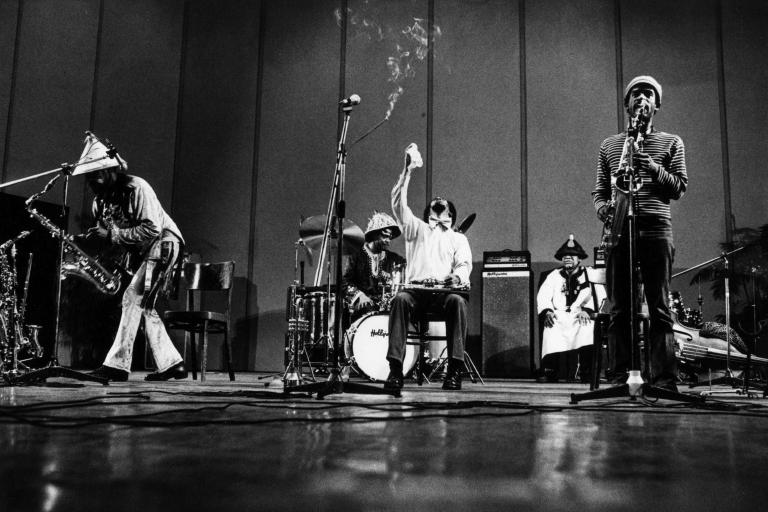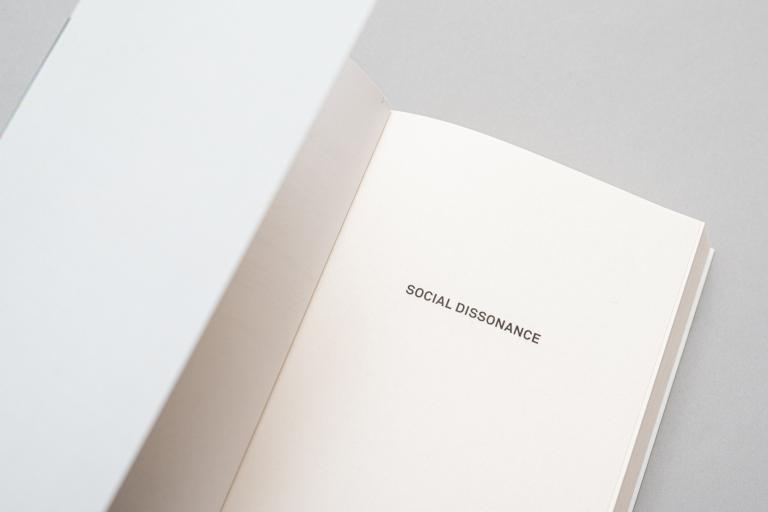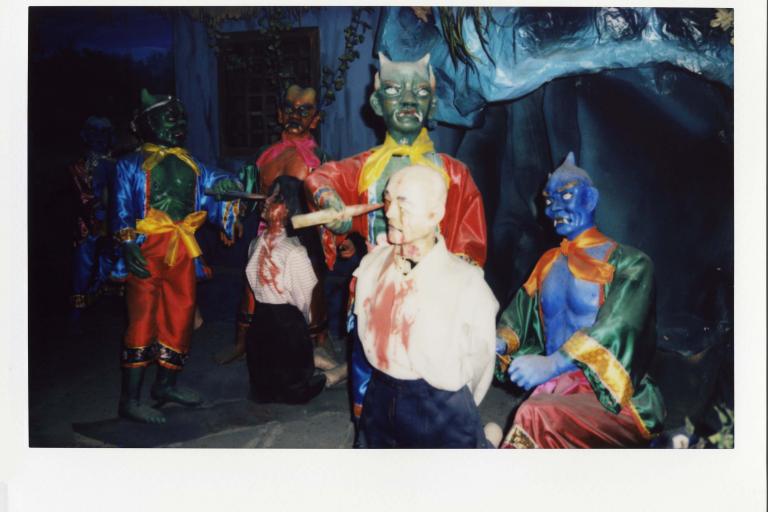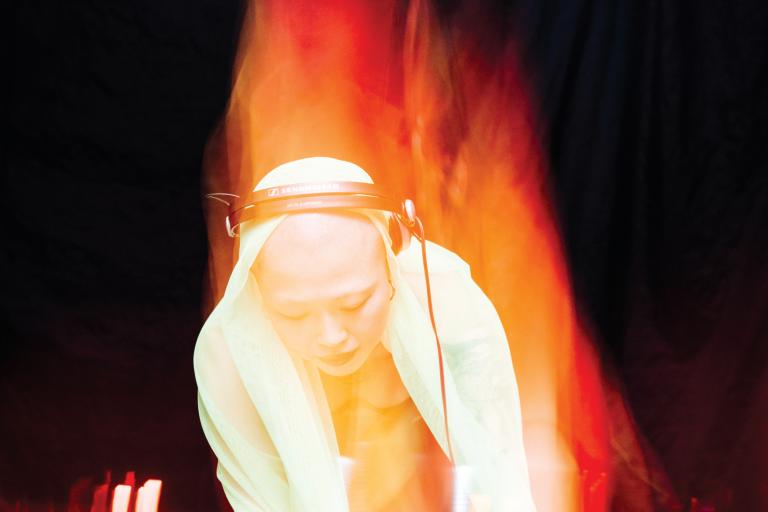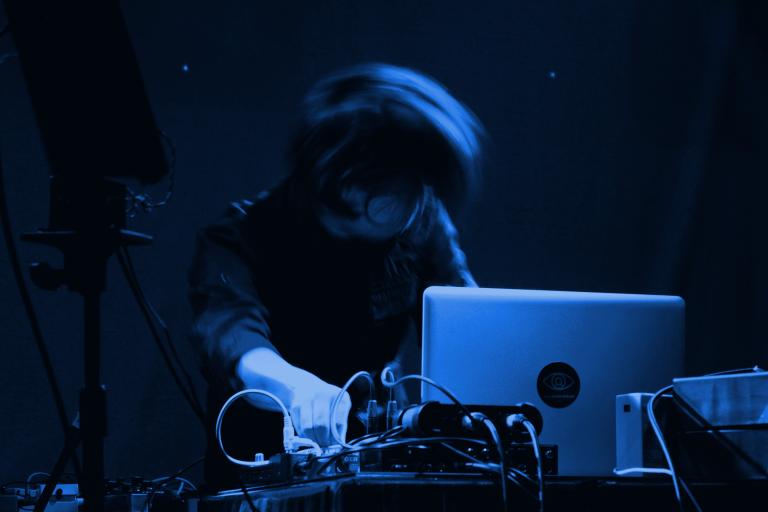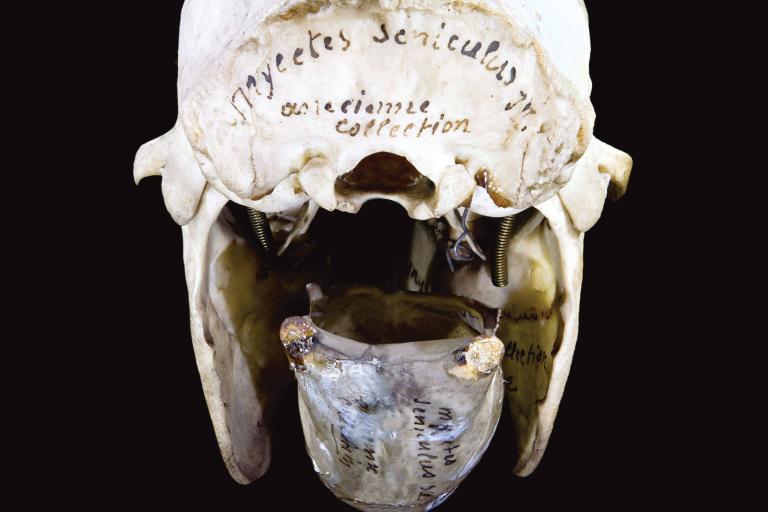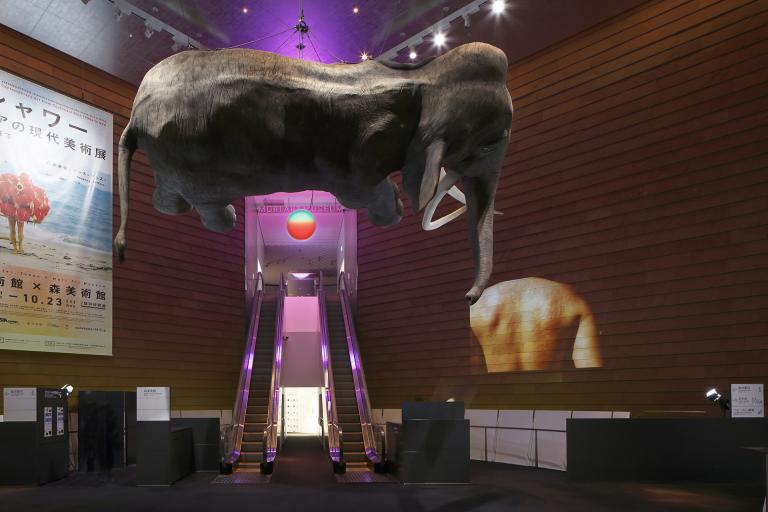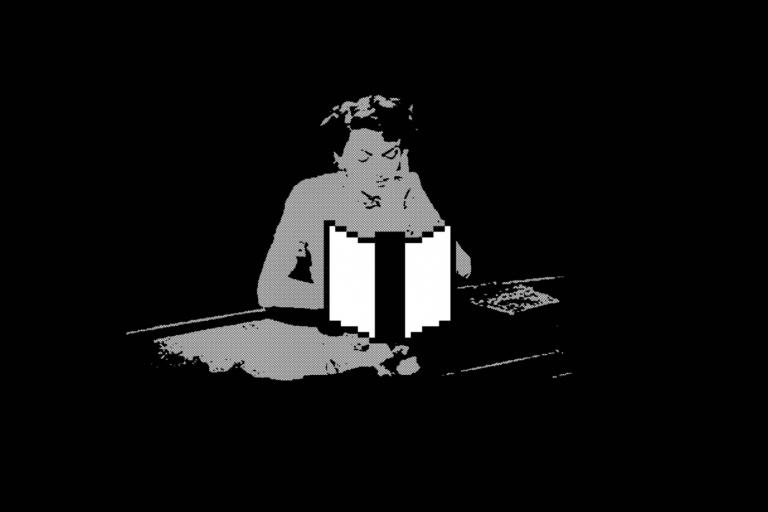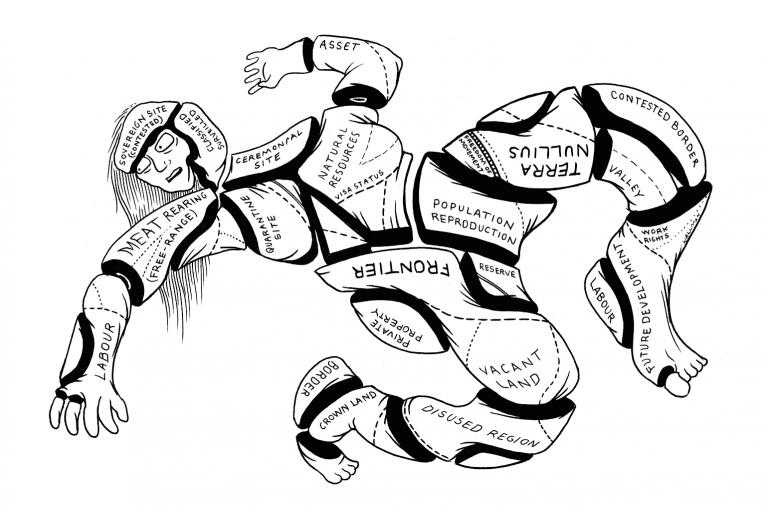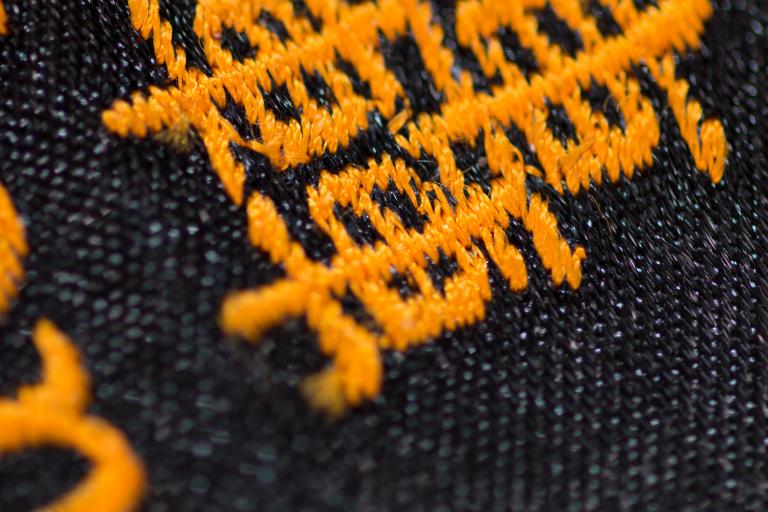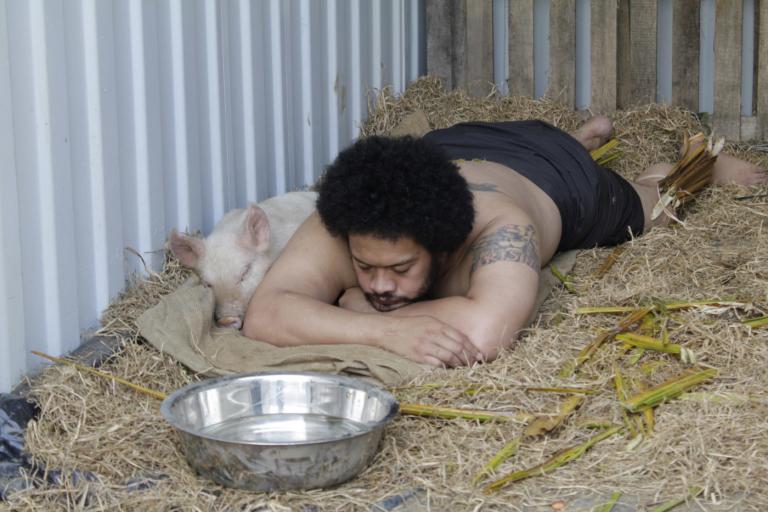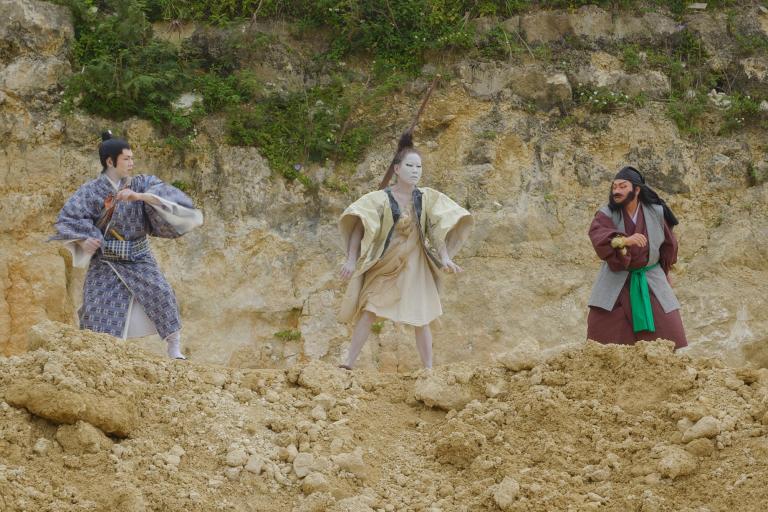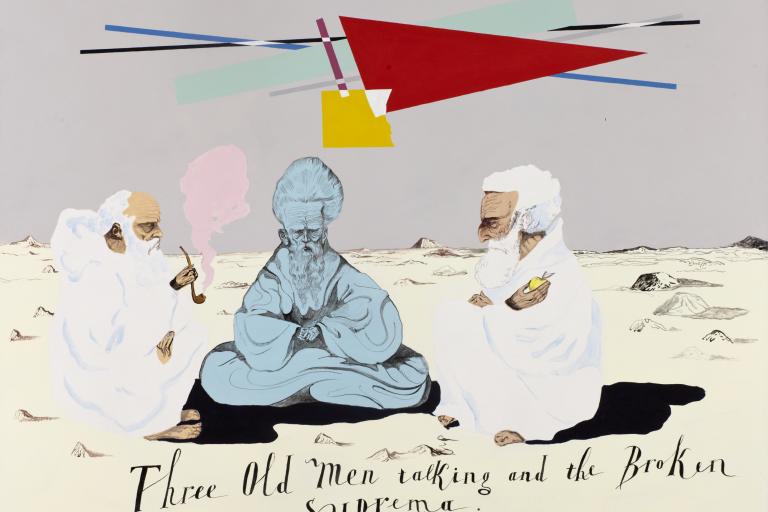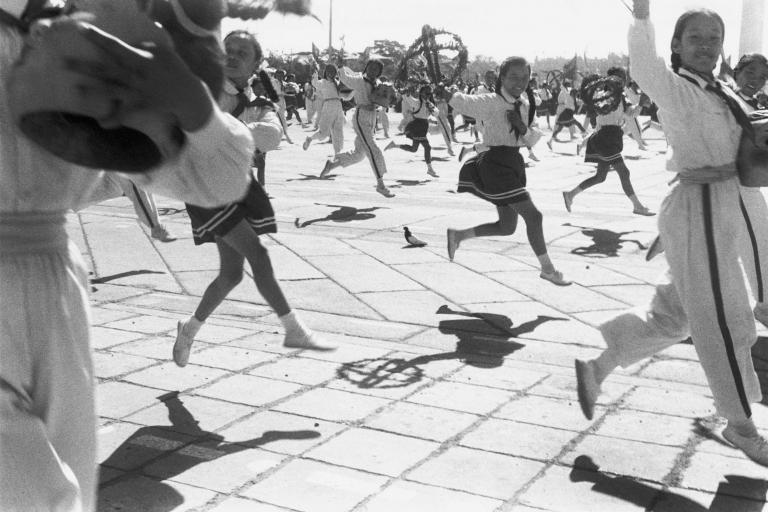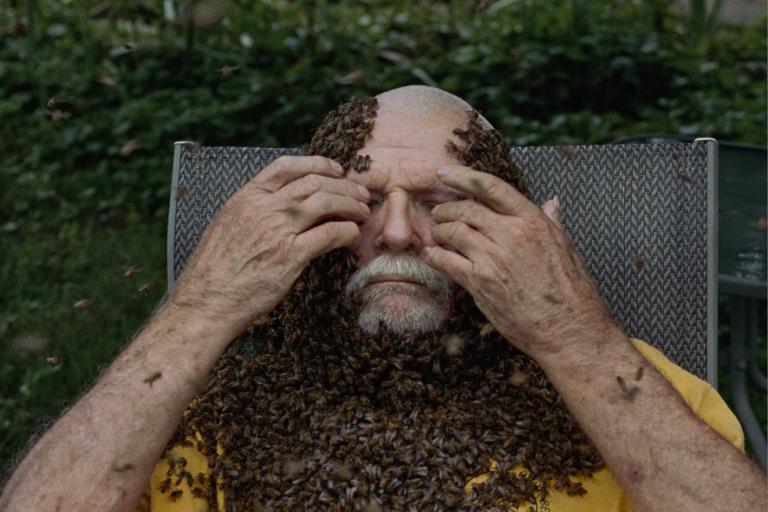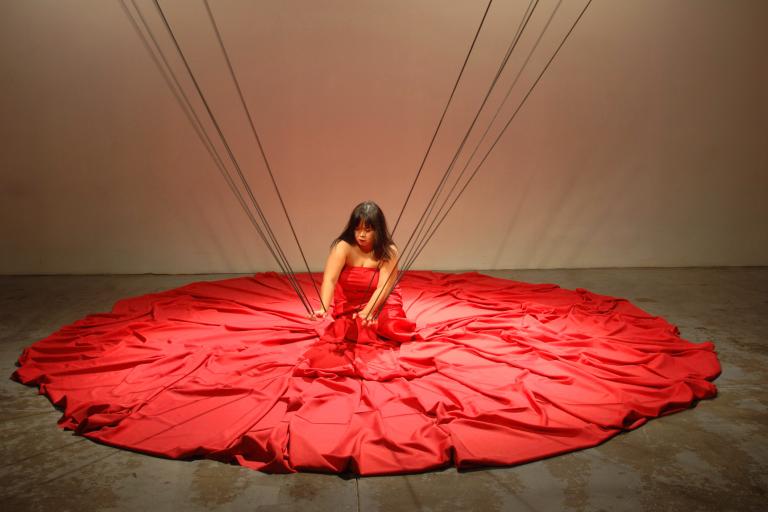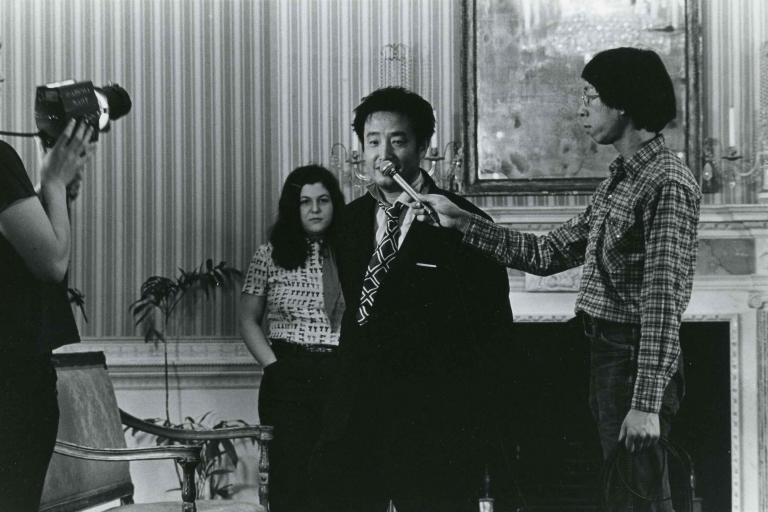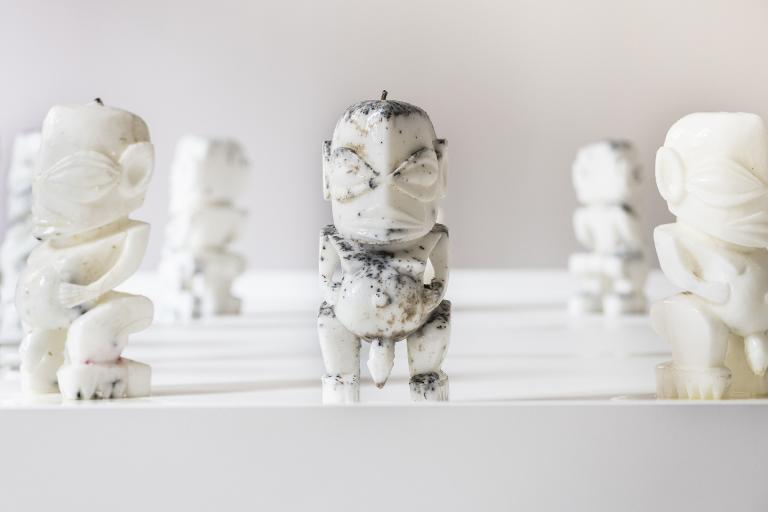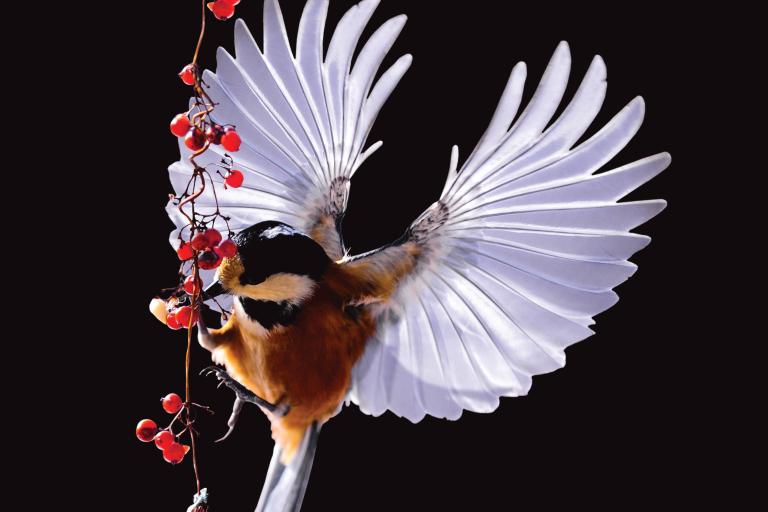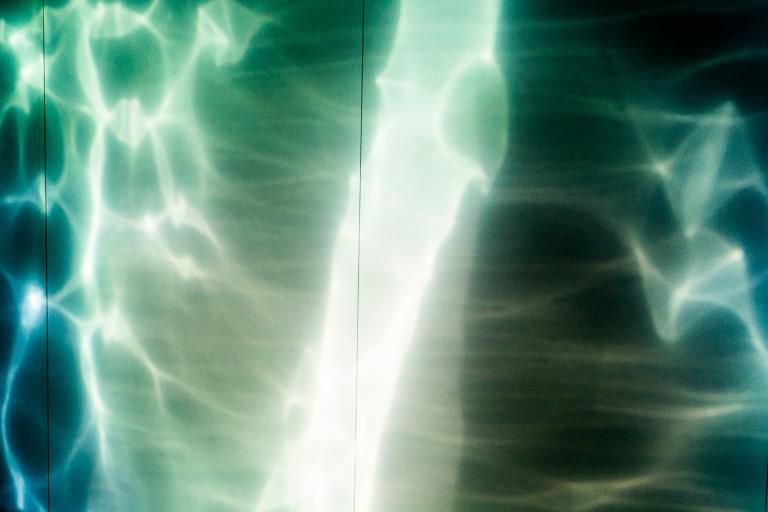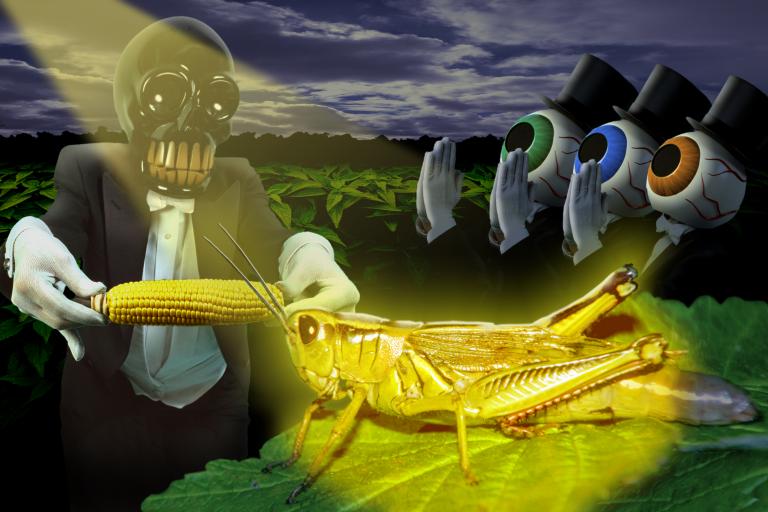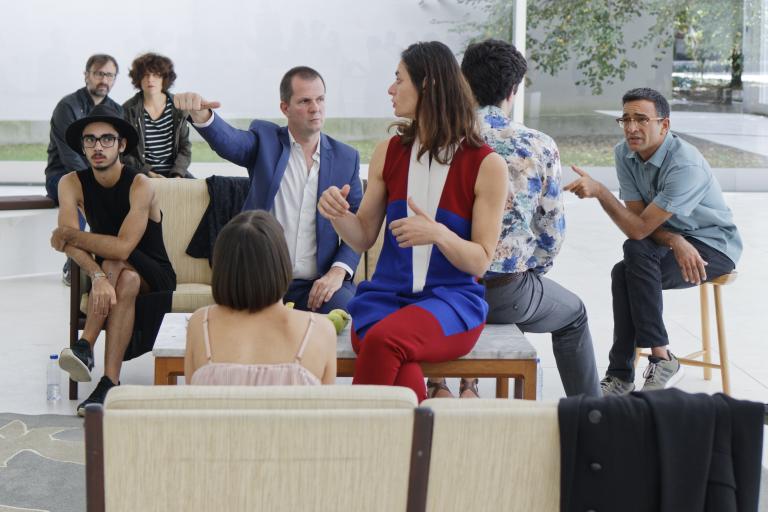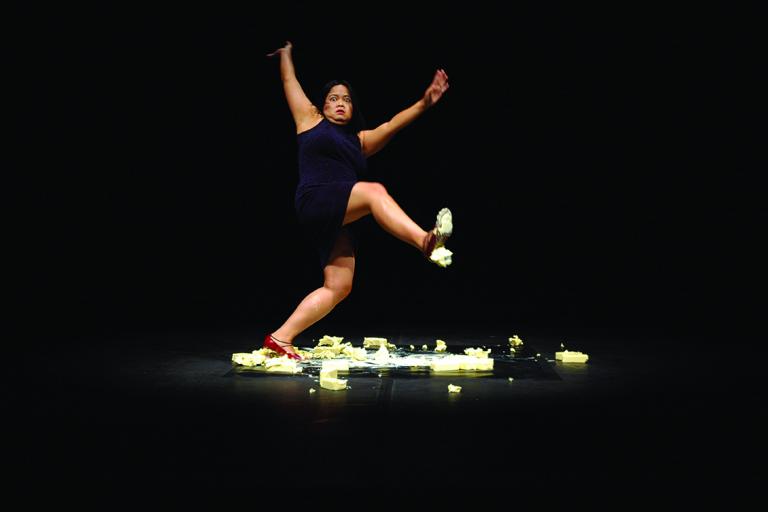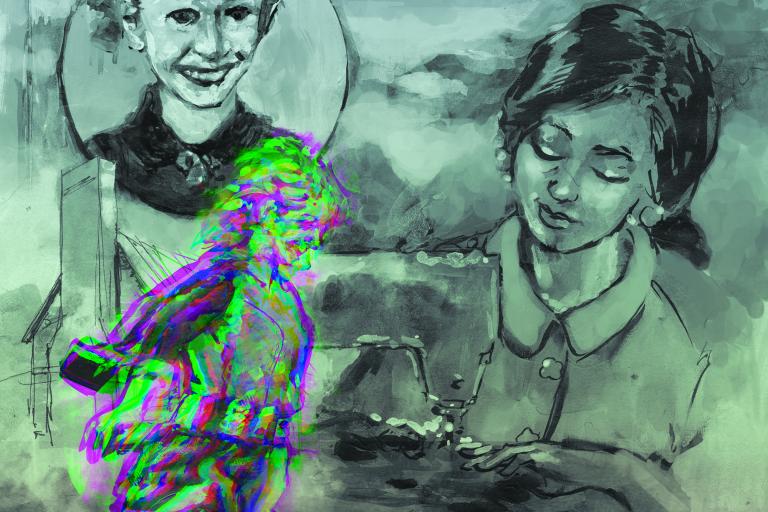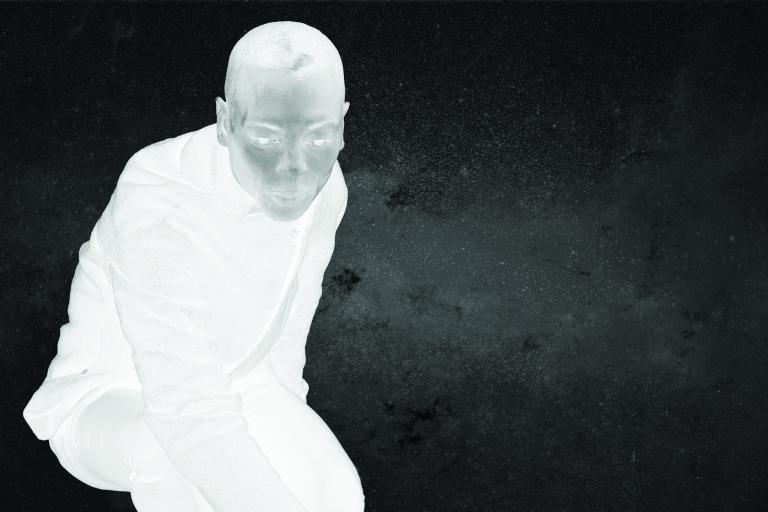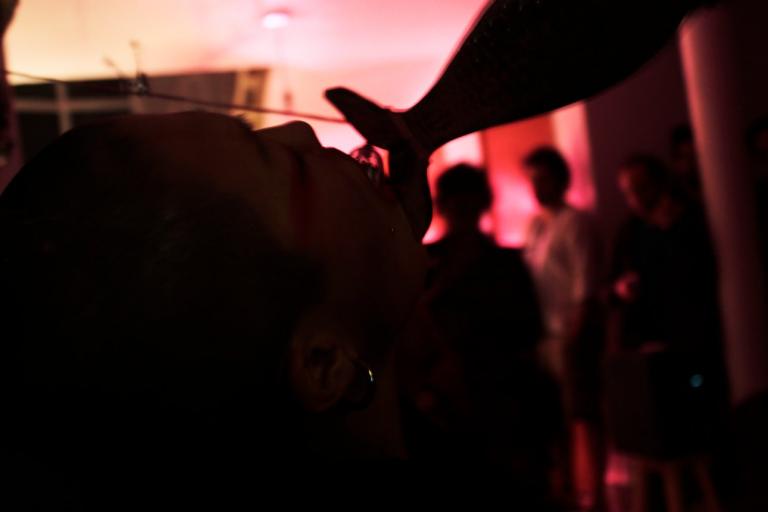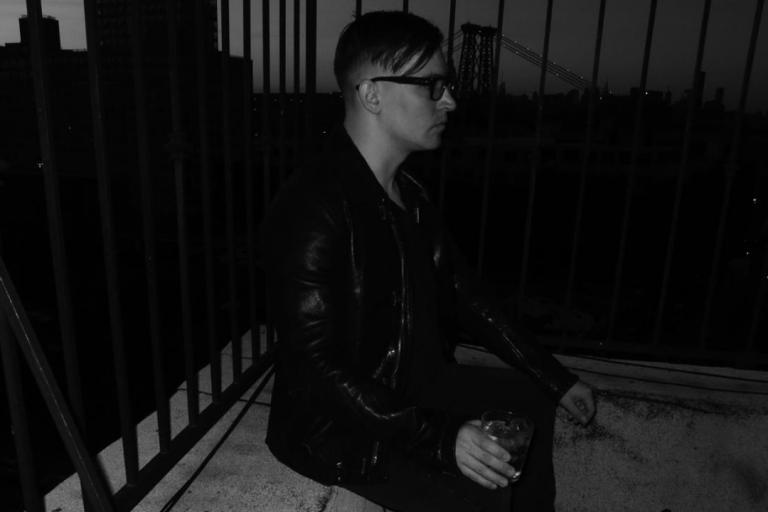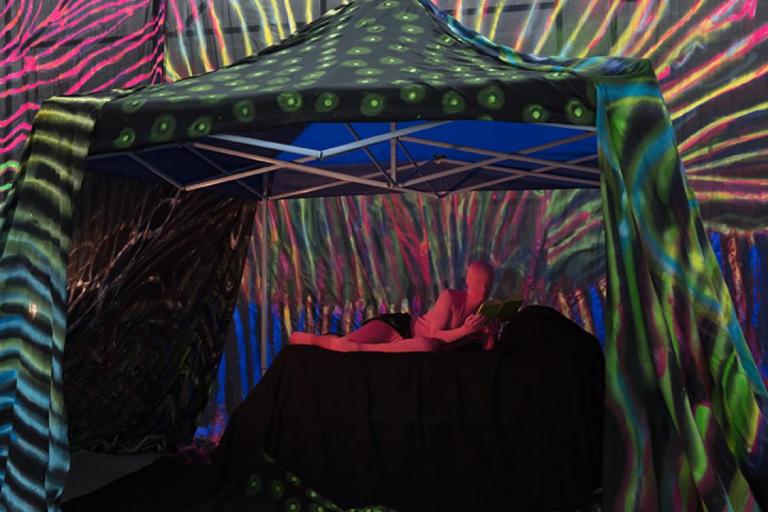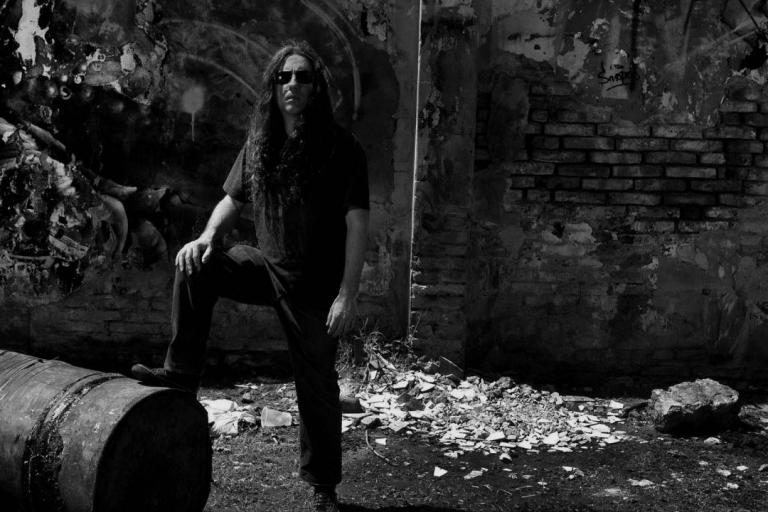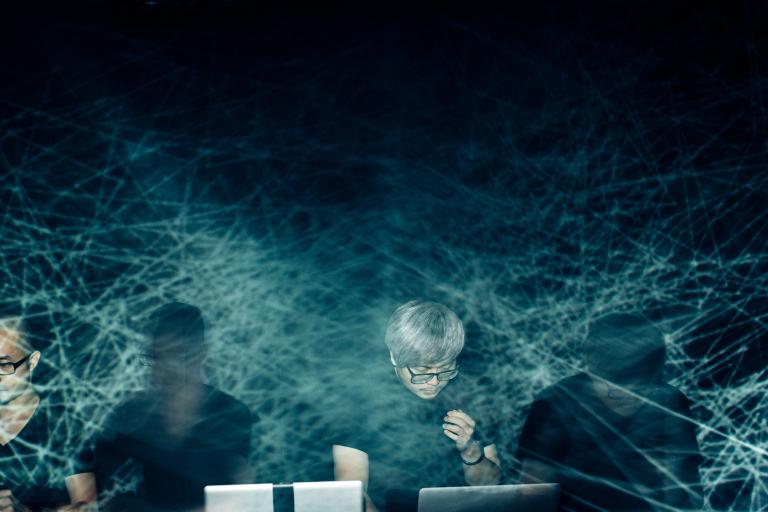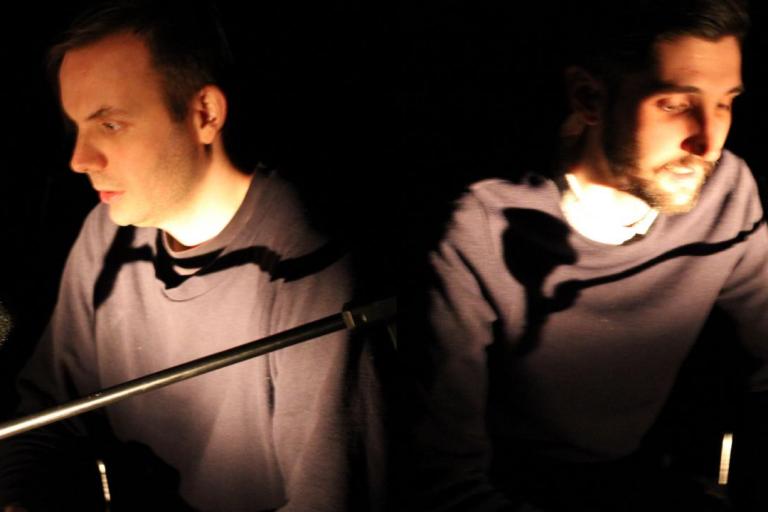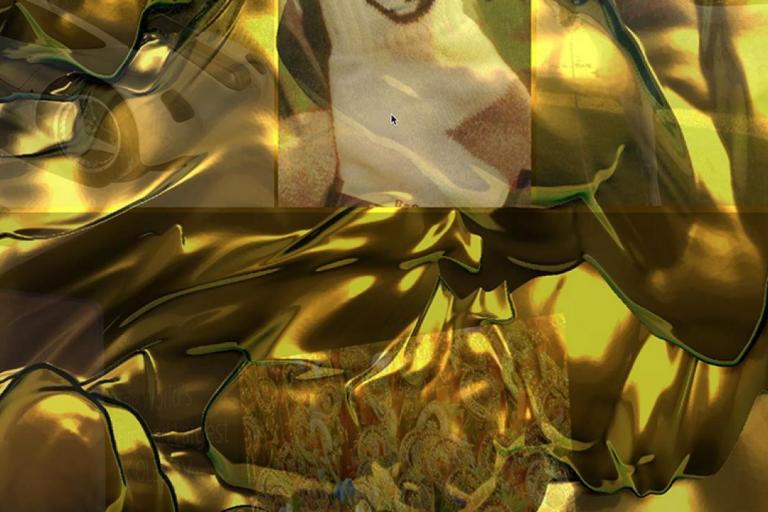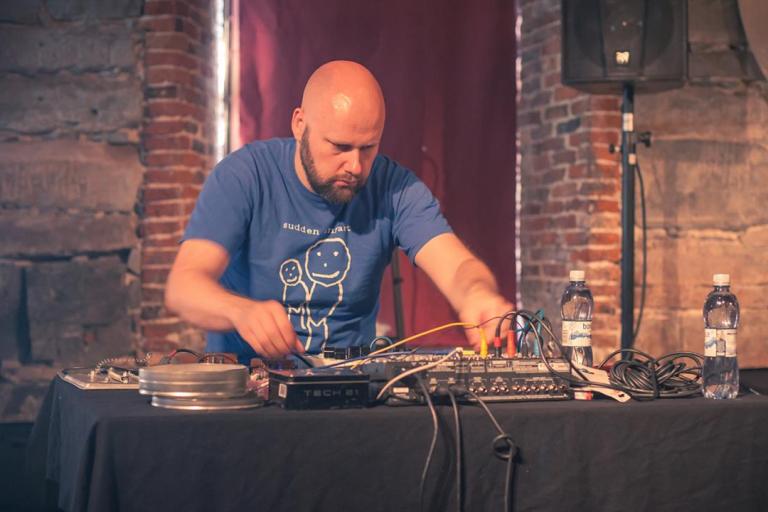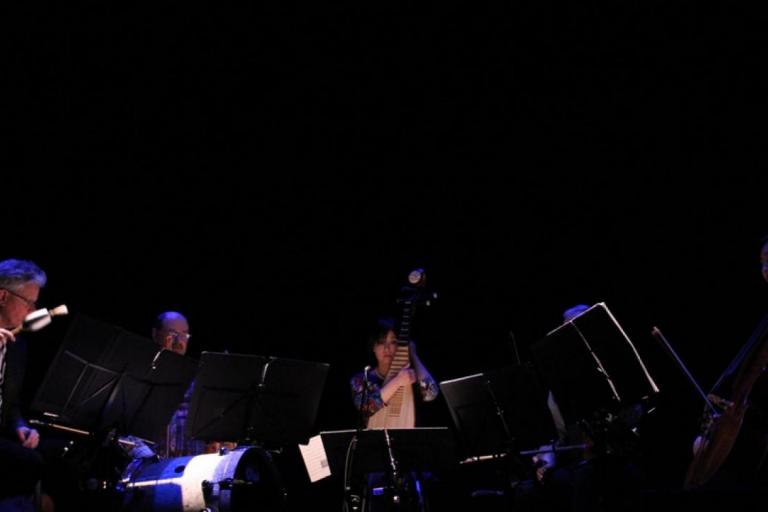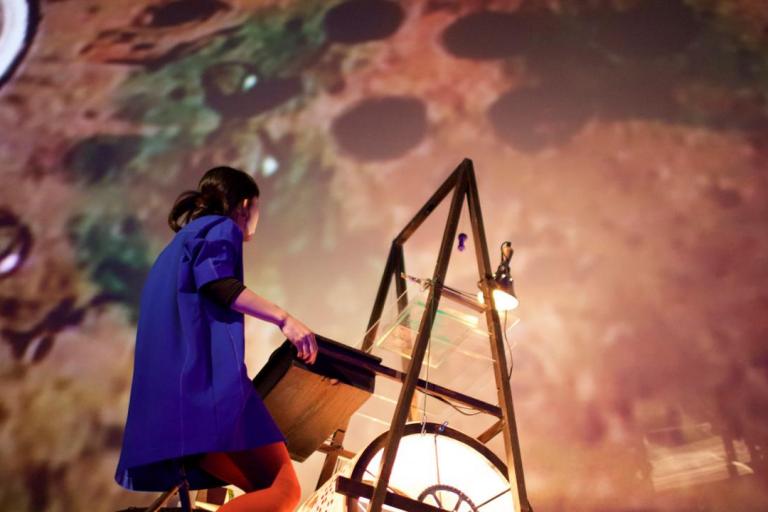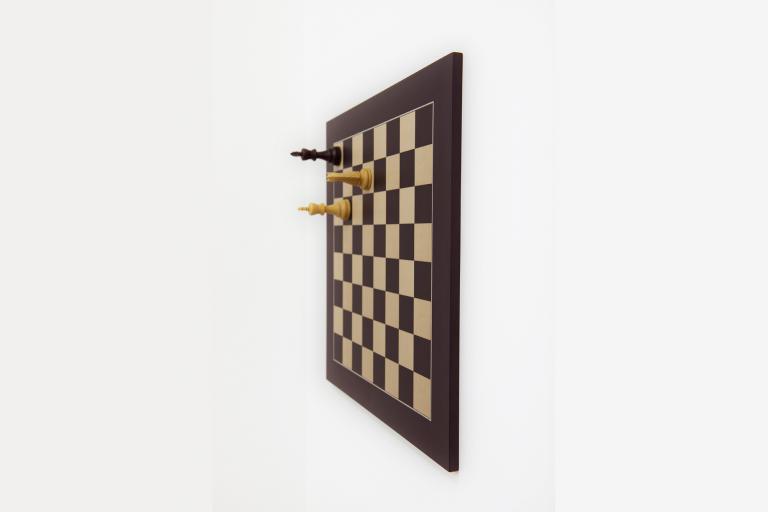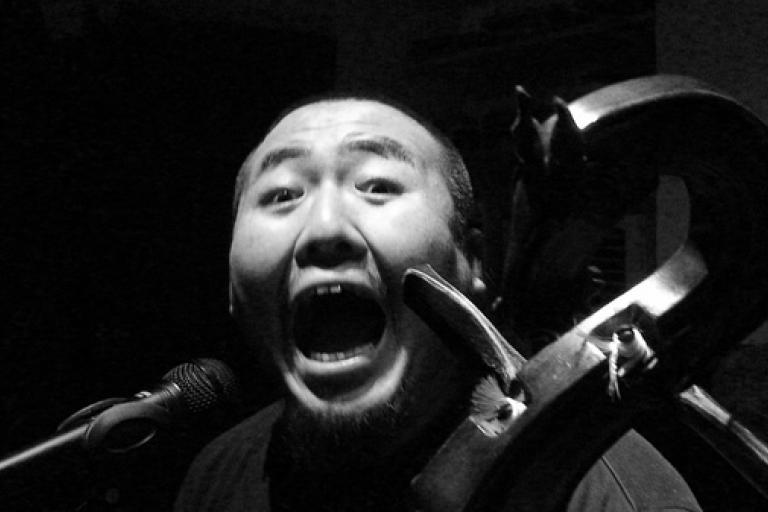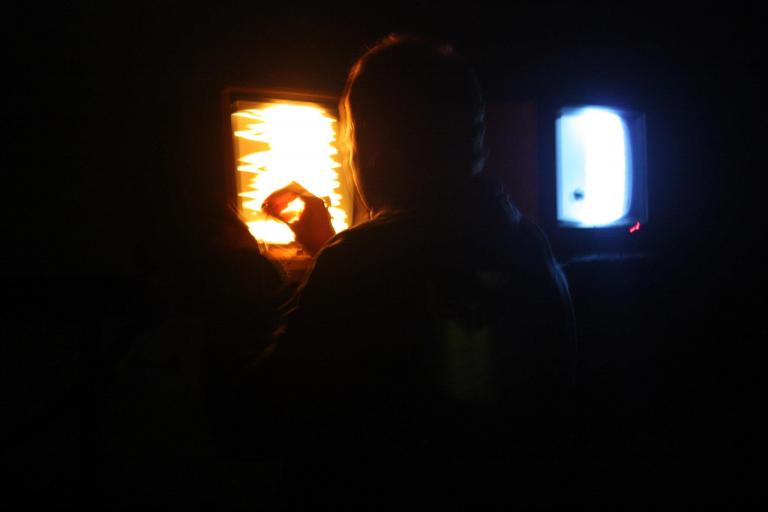Eno and Wolfe first met at a Korean karaoke bar in 2022—a night remembered for Eno’s stirring rendition of The Platters’ “Only You.” Later that year, they gave their SXSW talk on art’s role in confronting the climate emergency, now recognized as one of the festival’s most iconic moments. After crossing paths again through their exhibitions in London, they began creating new music in Eno’s studio.
The duo has just released Lateral and Luminal, a pair of albums on Verve Records. The first, which they describe as “space music,” is a vast expanse of ambient textures that unfold generously over an hour. Luminal, their “dream music,” is ethereal but joyous psychedelic folk with Wolfe’s shimmering vocals. Eno created the cover artwork for both albums.
To mark the occasion, the artists have teamed up with Santa Monica’s KCRW on a new series of radio spots titled Feeling of the Day. Each segment introduces a word representing an emotion that has no equivalent in English. “Music is about making feelings happen,” they say. “There are many beautiful words for such feelings in other languages and cultures—words that don’t exist in English. By giving a feeling a name, we make that feeling more likely to be felt, more tangible.”
In creating this music, the two set simple parameters, using what Eno described as a “spartan lineup of instruments” to remove ego from the process. At first, they worked only with an out-of-tune ukulele and Playbox Native Instruments software. This later expanded to include an assortment of toys sourced from a local pound shop.
They used an electric guitar Eno had bought forty-four years earlier for the late Robert Quine of Richard Hell & the Voidoids—a guitar that had sat unplayed, been restrung only once, and, as Wolfe noted, produced a distinct hum. The artists also employed Eno’s famous Oblique Strategies—a set of over one hundred cards containing unusual prompts and creative dilemmas. Each would draw cards without disclosing their directive to the other.
Eno and Wolfe’s Feeling of the Day began with ailyak, a Bulgarian word for the art of going slow and enjoying the process. In the opening segment, Eno related the word to his first time working in Italy, where he discovered how much importance Italians place on lunch and tea breaks. At first, he thought it irresponsible—he was in a hurry with work to be done—but eventually realized the Italians loved their work and simply wanted to do it well, including how they ate lunch.
Other featured words include dor—Romanian for a feeling of longing or belonging—and mono no aware, the Japanese expression for appreciating life’s transience. Ilinx, a French word, refers to the strange excitement that arises from play. And the Gaelic word fèath—meaning stillness or peace—is a feeling Wolfe believes is encapsulated in Lateral.
Feeling of the Day airs every morning in June during Morning Becomes Eclectic (9 a.m. to 12 p.m. PDT) on KCRW, and is also available on the station’s YouTube and Instagram pages. While taking breaks between studio sessions, Wolfe and Eno answered some questions from White Fungus editor Ron Hanson about their collaboration.
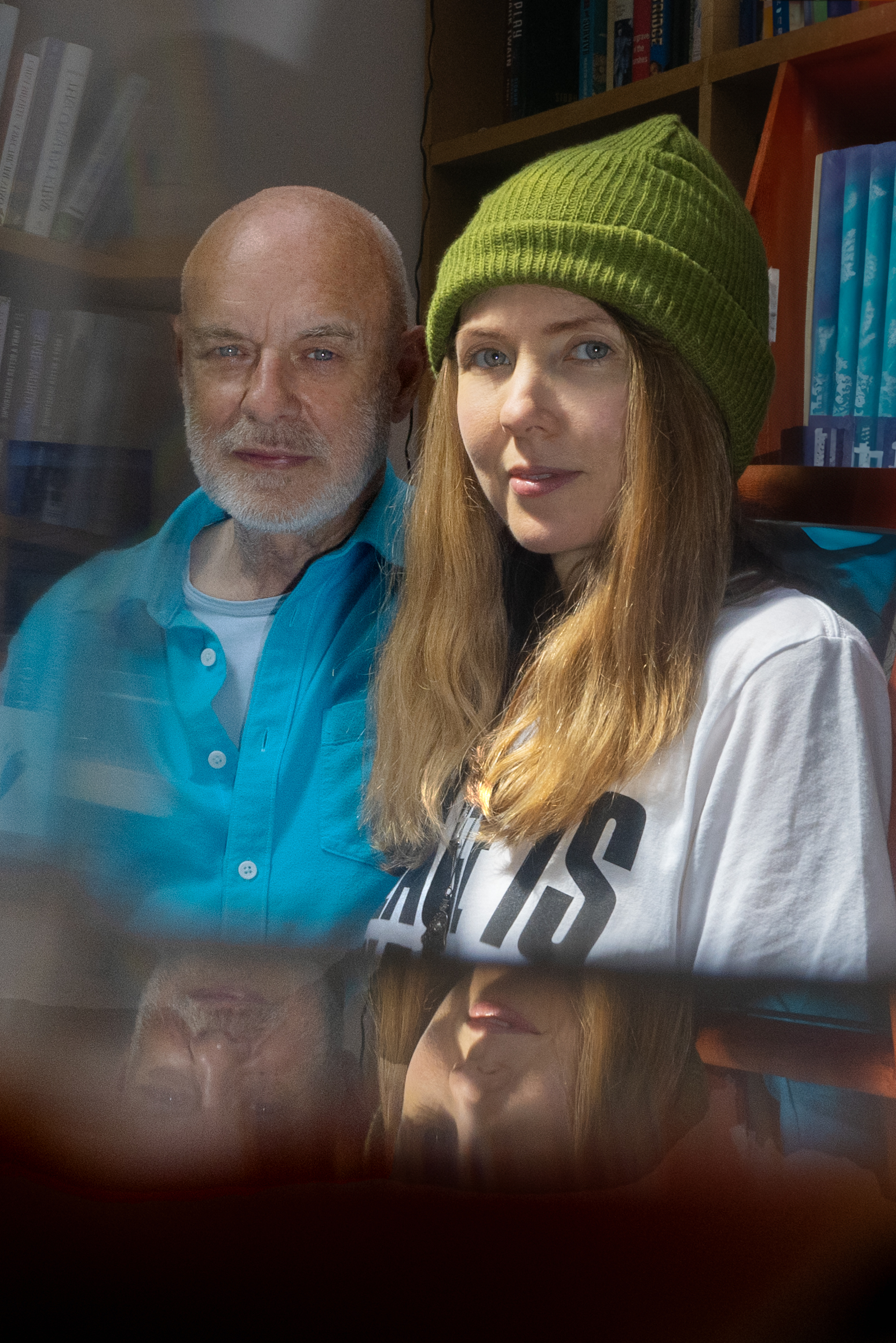
Ron Hanson: The words for Feeling of the Day are sequenced alphabetically; however the first word, ailyak, seems like a perfect place to start. “Going slow, enjoying the process” is surely a valuable feeling to embrace at any time. I’m sure I’ve experienced this feeling—maybe even recently—but I wonder how much more attuned to it I might have been had this word been part of my vocabulary from an early age. What is the power of having a word that refers to a specific emotion?
Beatie Wolfe & Brian Eno: We feel that by naming a feeling, it helps us to feel that feeling more often, as it doesn’t simply exist in the abstract. Of course, feelings—especially complex ones—exist beyond words, in that incommunicable place, but having a flag in the sand can still be a very helpful tool. Also, we feel it’s important to realise that experience isn’t binary, but is often made up of many complex layers.
RH: Of course, this series is also spreading out across social media platforms but your KCRW collaborative project centers on radio. With all the myriad digital platforms available to us today, why are you prioritizing the medium of radio for this release?
BW & BE: Radio, outside of many digital platforms, still offers a slow listening experience—one that the listener can’t control, which instills more presence when listening. We are both very fond of KCRW and when they suggested our series be a follow-up to David Lynch’s Weather Report, it felt like it had all the right ingredients.
RH: As a student of Mandarin Chinese, this project holds particular resonance. It’s got me reflecting on my own experience of language. Beyond the literal definitions of words, there are also sound qualities and seemingly infinite associations. In Chinese, there’s a particularly strong visual dimension. The word shuǎng (爽), for example, seems impossible to translate satisfactorily into English. In a rough sense, the word represents an immensely satisfying or refreshing feeling—perhaps one that derives from an earned reward or a foe receiving their just deserts. But it could simply be the feeling of a cool breeze on a hot day. My strongest sense of the word’s meaning, however, still comes from how it sounds.
In these radio segments, the audience hears you introduce each word while sharing anecdotes and thoughts that give insight into what each means to you. The segments become new contexts in and of themselves for encountering these words. Can you tell me about your process for selecting them? As artists and musicians, what role do they play in your creativity?
BW & BE: It’s wonderful to hear your example of shuǎng. We hope that by starting this list, many more examples will start to emerge. We are both fascinated with feelings—especially the complex ones—and realised that there is such a shortage of them in the English language, so we started to look to other cultures and languages to offer words for the feelings we were having. There were more examples that we found but we ultimately chose this list because it most represented the feelings that we were experiencing while making this music.
RH: As was discussed in your SXSW talk in 2022, there’s been a seismic shift in scientists’ willingness to deal with emotions. We’re finally moving beyond the Enlightenment view that reasoning and knowledge are independent and separate from sensory experience. Neuroscientists today realize the importance of emotion in cognitive processes. And yet, there are still many inbuilt prejudices that are challenging to overcome. “Thinking clearly,” one learned as a child, is about overcoming or even suppressing emotion. In patriarchal cultures, women have been portrayed as too emotional, making them unfit for leadership or decision-making. Why have you chosen to foreground emotions in the creation and presentation of your new albums?
BW & BE: That’s a beautiful question with many perfect insights. We both feel that feelings are often disregarded or downplayed in society when, actually, they are very, very important. They are our antenna—our way of discovering what we like, who we are, our place in the world. All of the music was created in this deeply feeling space, following the feelings we were encountering—which included many new ones—and exploring them, expanding them, celebrating them. It was a very unconscious process in many ways. It wasn’t until listening back to the various pieces of music that we realised how rich and complex some of those feelings were. So it really came together hand-in-hand. The music became a kind of “mother” for these new feelings that we were having.
RH: The new music you have created is mesmerizing and wonderfully disarming. I see you’ve even managed to touch Iggy Pop’s tender side. He mentioned on his BBC radio show that he’d given up on the idea that the modern world could produce a song as “graceful” as “Suddenly” from Luminal—a song that “carries you along.” Part of the pleasure of the recordings, for me, stems from the obvious joy emanating from your collaborative relationship. This relationship began through your environmental activism and shared concern for the survival of the planet. How did it morph into music?
BW & BE: It morphed entirely naturally. We started to play together one day and never wanted to stop. It feels like we’re kids again—meeting up in the playground, sharing each other’s toys. It’s endlessly fun and keeps expanding to new places, levels, and dimensions. When we last checked our archive, it was in the hundreds!
RH: The press release for these albums states that nobody expected this music from the two of you and that you didn’t expect this music from yourselves. Can you elucidate this? Which aspects have been most surprising to you?
BW & BE: All of it, really. How naturally it began, how effortlessly it emerges, how organically it grows, how diversely it branches out, how it keeps evolving and expanding, how much fun it is, and how we are constantly surprised by what we create. Often, it really does feel like we’re making these things in a dream—and when we come to listen back, we can’t quite understand how we made it. It feels like magic.
